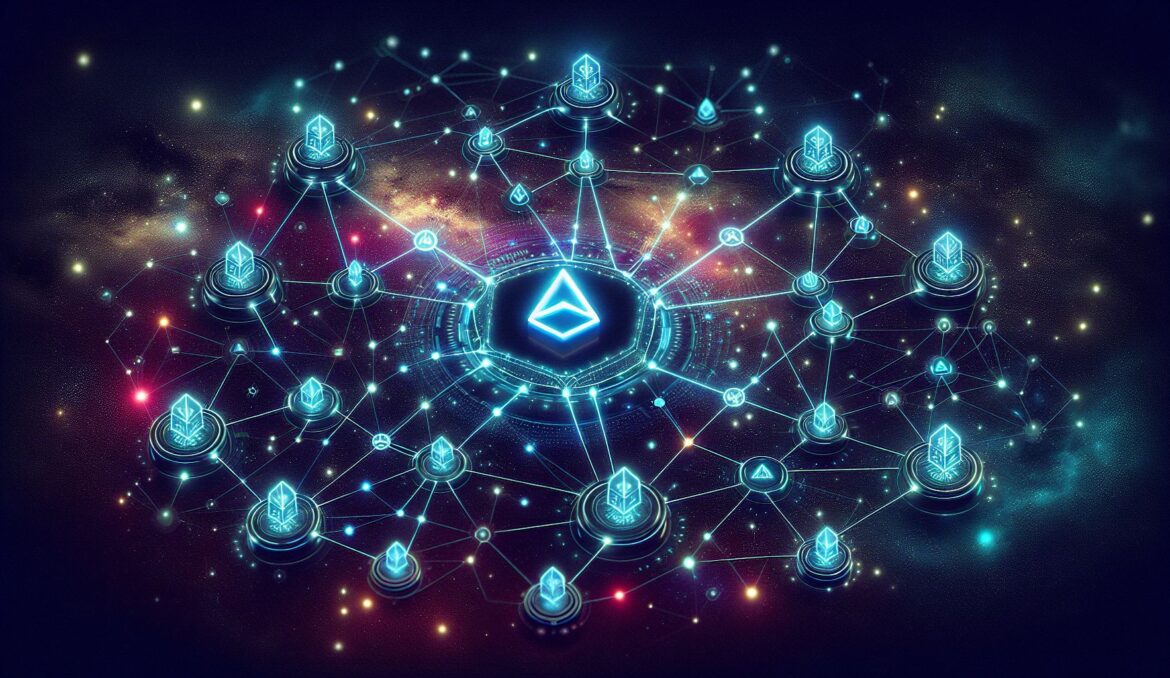In recent years, the concept of decentralized finance (DeFi) has disrupted the traditional financial landscape, offering a new way of managing assets and accessing financial services. At the heart of DeFi lies a multitude of ecosystems, each with its unique features and offerings. In this blog post, we will delve into the world of DeFi and take a closer look at one of its most prominent ecosystems – Aave.
Introduction to Aave
Launched in November 2017, Aave is a decentralized lending and borrowing platform built on the Ethereum blockchain. It allows users to lend, borrow, and earn interest on a variety of digital assets. With Aave, users can access loans without the need for intermediaries, credit checks, or collateral, making it a truly decentralized and inclusive financial ecosystem.
The Aave Lending Protocol
The core of the Aave ecosystem is its lending protocol, which enables users to lend their digital assets and earn interest on them. The protocol works by pooling together the deposited assets and allowing borrowers to take out loans from this pool. As a lender, you earn a portion of the interest paid by borrowers to the pool.
One of the unique features of the Aave protocol is its “flash loans.” These are uncollateralized loans that can be taken out instantly and have to be repaid within the same transaction. Flash loans have been a game-changer for DeFi, allowing users to execute complex financial transactions without the need for significant capital.
The Aave Borrowing Protocol
In addition to lending, Aave also offers a borrowing protocol, which allows users to borrow digital assets by collateralizing their existing holdings. The borrowers need to maintain at least 150% of the loan value in collateral to protect the lender’s funds in case of a market downturn. Aave currently supports borrowing in a variety of assets, including ETH, DAI, USDT, and many others.
The Aave Governance Token (LEND)
Aave also has its native governance token called LEND. Holders of the LEND token can participate in the decision-making process for the Aave ecosystem. Users can vote on proposals such as adding new tokens, changing interest rates, and other protocol parameters. LEND holders also earn a portion of the protocol’s fees, providing them with a passive income stream.
The Staking and Liquidity Pool
To further incentivize users to participate in the Aave ecosystem, it offers a staking and liquidity pool. By staking their LEND tokens, users can earn additional rewards in the form of fees generated by the protocol. The staking pool also acts as a liquidity pool to ensure that there are enough funds available for borrowers to take out loans.
Conclusion
The Aave ecosystem has quickly become a dominant player in the DeFi space, with its innovative features like flash loans and governance token. It provides users with a more inclusive and decentralized financial system, with no intermediaries or credit checks required. As DeFi continues to grow and evolve, Aave will undoubtedly play a significant role in shaping its future. So, if you are interested in exploring the world of decentralized finance, make sure to keep an eye on Aave and its exciting developments.



